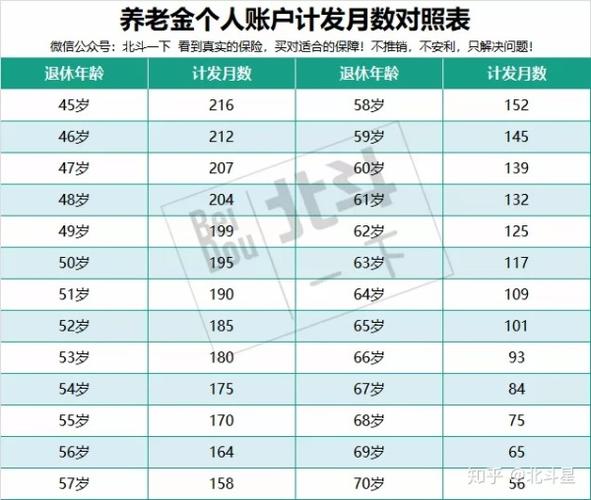Title: Understanding How to Calculate the Elderly Care Insurance Index
In most countries, the calculation of the Elderly Care Insurance Index involves several factors to ensure adequacy and sustainability of funds to support the elderly population. Let's delve into the components and methodologies typically utilized in determining this crucial index.
Factors Considered in Calculating the Elderly Care Insurance Index:
1.
Demographic Factors:
Population Age Distribution:
The proportion of elderly individuals within the population is a key factor. A higher percentage of elderly citizens typically requires a larger allocation of resources for elderly care.
Life Expectancy:
Longer life expectancy increases the duration of care needed, affecting the index calculation.2.
Economic Factors:
Gross Domestic Product (GDP):
The overall economic health of a nation impacts its ability to fund elderly care. Higher GDP often correlates with betterfunded elderly care programs.
Income Distribution:
Disparities in income affect the affordability of elderly care services for different socioeconomic groups.3.
Healthcare Infrastructure:
Availability of Healthcare Services:
The presence and quality of healthcare facilities and professionals influence the accessibility and quality of elderly care.
Healthcare Expenditure:
The portion of government spending allocated to healthcare, including elderly care, plays a significant role.4.
Social Welfare Policies:
Pension Systems:
The design and effectiveness of pension systems directly impact the financial security of the elderly population.
Social Support Programs:
Assistance programs for elderly individuals, such as social security benefits and welfare services, contribute to their overall wellbeing.
Methodologies for Calculating the Index:
1.
Weighted Composite Index:
Assigning weights to each factor based on its importance in determining the adequacy of elderly care.
Combining these weighted factors into a single index score, often on a scale of 0 to 100 or similar.
2.
Actuarial Analysis:
Utilizing actuarial techniques to predict future demand for elderly care services based on demographic and economic projections.
Assessing the financial sustainability of existing elderly care systems and adjusting contributions or benefits accordingly.
3.
International Comparisons:
Benchmarking the Elderly Care Insurance Index against similar indices in other countries to evaluate relative performance and identify areas for improvement.
Guidance for Improving the Elderly Care Insurance Index:
1.
Enhance Healthcare Infrastructure:
Invest in healthcare facilities and personnel training to improve the quality and accessibility of elderly care services.
2.
Promote Financial Inclusion:
Implement policies to ensure equitable access to pension schemes and financial services, especially for marginalized groups.
3.
Strengthen Social Support Networks:
Expand social welfare programs tailored to the needs of the elderly population, including healthcare subsidies and community support initiatives.
4.
Foster LongTerm Sustainability:
Regularly review and adjust contribution rates and benefit structures to maintain the financial sustainability of the elderly care insurance system.
5.
Invest in Research and Innovation:
Support research efforts aimed at developing costeffective elderly care solutions and leveraging technology to improve efficiency and quality of care.
Conclusion:
The Elderly Care Insurance Index serves as a vital tool for policymakers and stakeholders to assess the adequacy and sustainability of elderly care systems. By considering demographic, economic, and social factors and employing appropriate methodologies, countries can optimize their elderly care policies to meet the evolving needs of aging populations and ensure a dignified and secure retirement for all citizens.
For detailed guidance tailored to a specific country or region, consulting with experts in demographics, economics, and public policy is recommended.

